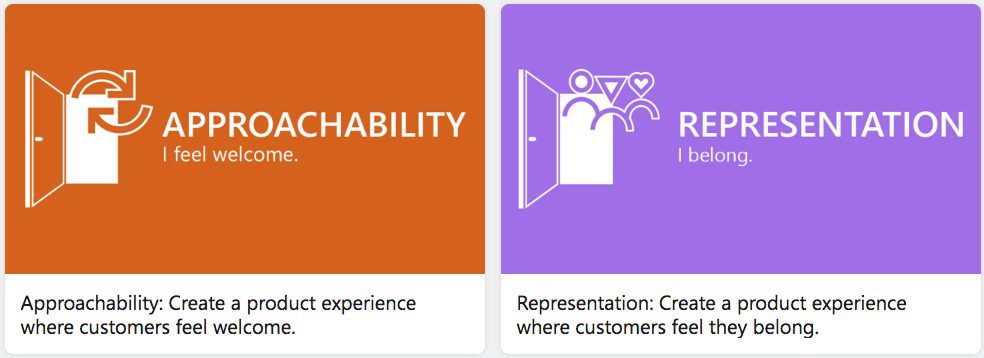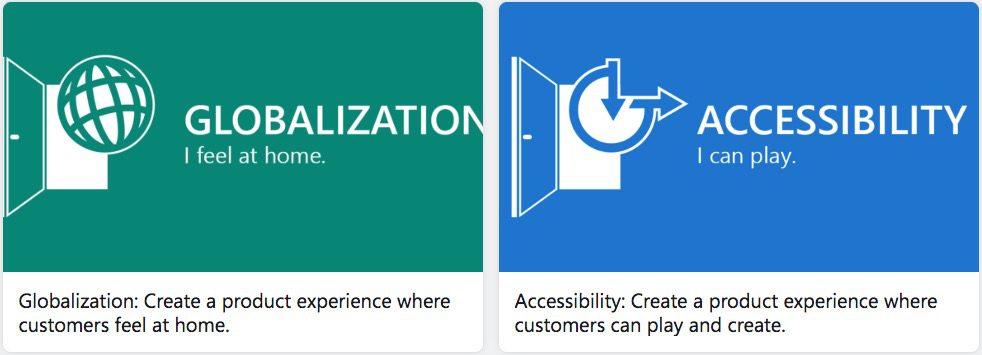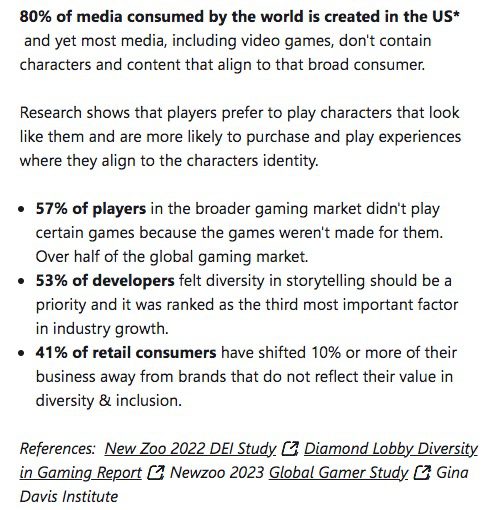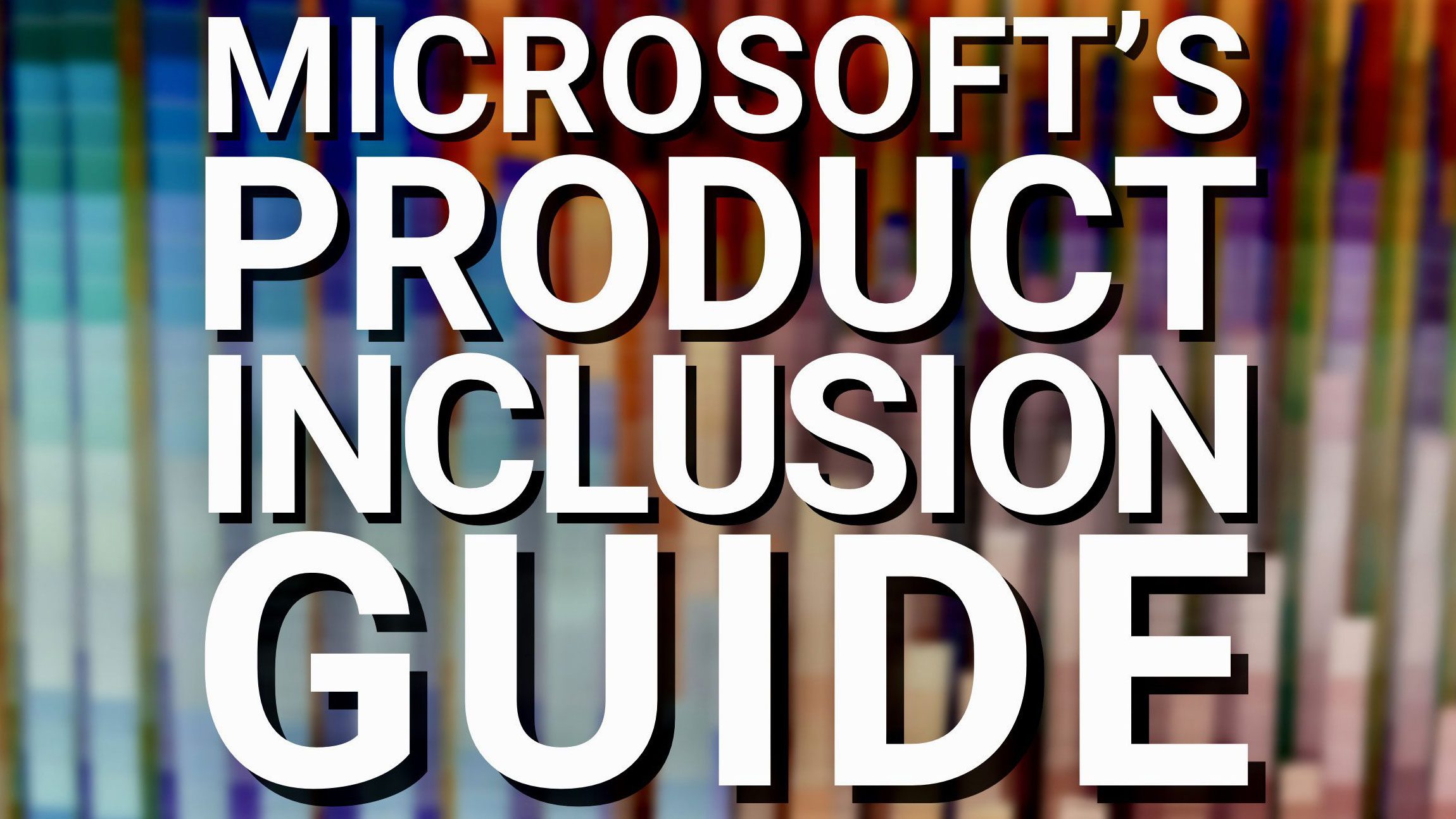Microsoft’s Product Inclusion Guide
Microsoft has recently gone down the DEI rabbit hole. Apparently, their research has led them to believe that customers want to be “seen.” One of their goals is to “Incorporate stories and themes from marginalized communities or emerging markets in a relatable way.” They are under the assumption, and feel more than validated expressing, that “Having your story told is a universal human need, but for many in marginalized communities or in markets outside of the US, it’s rare to be represented in media, let alone games, and as a result, some people could feel like a secondary consumer for our content.”
Again, you’d think the market would dictate the market, but no. They still haven’t learned, but then again, learning has nothing to do with accepting that easy, lucrative DEI money that Blackrock, Statestreet, and Vanguard love to give out for the sake of inclusion and being seen.
Here is more information that will convince you to take Microsoft seriously:
“Welcome to Gaming For Everyone’s Product Inclusion Resource Hub
At Xbox our mission is to bring the joy and the community of gaming to the billions of gamers on the planet. To do that, we’re on a journey to make Product Inclusion an intentional part of Team Xbox.
In 2019, we realized the need to create common language and understanding around this work. So, we invented the ‘Product Inclusion Framework’ to focus on four key areas, which we call the Inclusive Growth Doorways. If you want to learn how you can join us on this journey, watch our video to learn more and explore the resources below.”


Included in Microsoft’s new Product Inclusion program are multitudes of questions to make sure game developers are successfully guided towards a final product that makes customers of all walks of life feel seen. I decided to answer some of these questions as if I were a game developer who relied solely on research, intuition, and customer feedback:
“Are you telling new stories or sharing new perspectives within the product experience?”
I would hope so. That’s what game development is all about.
“Do all of your characters/player depictions look the same?”
No. Otherwise, they would all be the same character.
“What steps have you taken to ensure characters are represented respectfully and authentically?”
Step one: not pay attention to guides like this.
“How have you validated assumptions you have made about your audience to check for blind spots or unintended stereotypes?”
Research. Otherwise, we haven’t validated any assumptions. We are not producing a documentary or a biography. We have created something from nothing. A world never before seen. We believe creating the world we already live in, with characters that already exist, would be immensely boring gameplay for our customers. Our market research has informed us that customers prefer escapism over personal validation.
“Would you feel proud to show a member of a community how their culture/character is depicted within your experience?”
Yes, these are characters based on a nonexistent culture. It’s fantasy, escapism. So, the freedom for creativity is expansive and liberating.
“How are the wide range of customers depicted within your products, content portfolio and communications?”
They are depicted as they are designed. They are based on a designer’s imagination, not reality. They are depicted as avatars. This gives the customer the chance to be someone else and experience what we have created for them.
“What process have you used to validate how different groups of people or cultures are represented in your experience?”
By not designing characters based on existing identities. By creating characters that have never existed before and can be enjoyed by anyone because there is no prevailing identity to fit everyone in.
“What % of screen time (on screen presence, speaking lines, heroes) is held by different gender/racial identities?”
199%. I’d have to check my notes for a more precise number.
“Do you have a process to review key decisions with the lens of Helping Customers Feel Seen?”
Research dictates most customers don’t want to be seen. They want to escape into an awesome experience with great gameplay.
“Are you reinforcing any negative gender stereotypes?”
No. We have created characters that have never existed before, so there is no chance for negative stereotypes of any sort.
“Are you unnecessarily introducing gender & gender barriers into your code or design?”
No. I don’t think that is even possible. With all of the code I have written, I’ve never seen a gendered code. The design is multifaceted.
“Are you creating playable female characters that are equal in skill and ability to their male peers. Are your female characters equipped with clothing and armor that fits their tasks? Do they have exaggerated body proportions?”
Yes. The female characters are available to play. They are playable. I can’t think of any game that has purposely developed characters that were not equal in skills and abilities. That would just be unfair. They have realistic proportions based on biology. Not all females (or males) are built the same.
“When the story allows, do you show male characters who display a full range of emotions, including joy, sadness, and vulnerability?”
Of course. The characters we have created are represented as humans. They experience a wide range of emotions.
Make no mistake, though; Microsoft has done their research – research that claims at least 19,400,000 players have experienced the hardships of not being seen, not feeling represented, etc., when in reality, the number is actually “2,134 Americans who play games across PC, console, and mobile platforms.” With surveys titled “New Zoo 2022 DEI Study,” “Diamond Lobby Diversity in Gaming Report,” and “The Double-Edged Sword of Online Gaming,” it shouldn’t be hard to fathom the results.

This is nothing new, obviously. At this point, and as annoying as this all continues to be, I can’t help but think if they want to keep burning money, then that’s their prerogative.
“If you think this has a happy ending, you haven’t been paying attention.” -Ramsey Bolton







